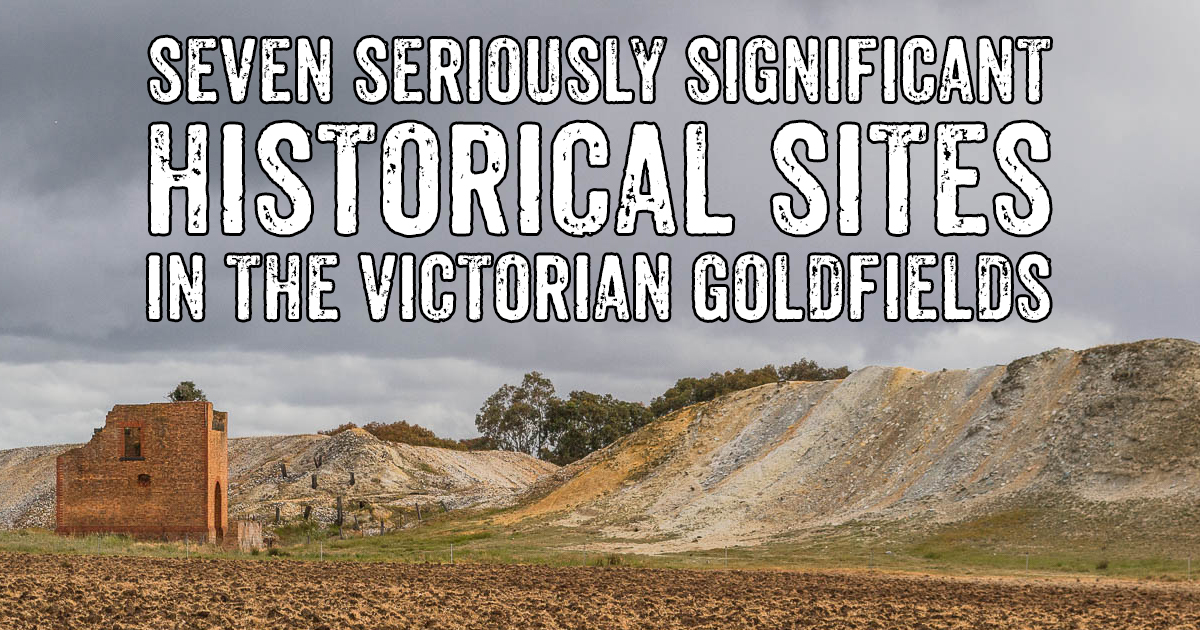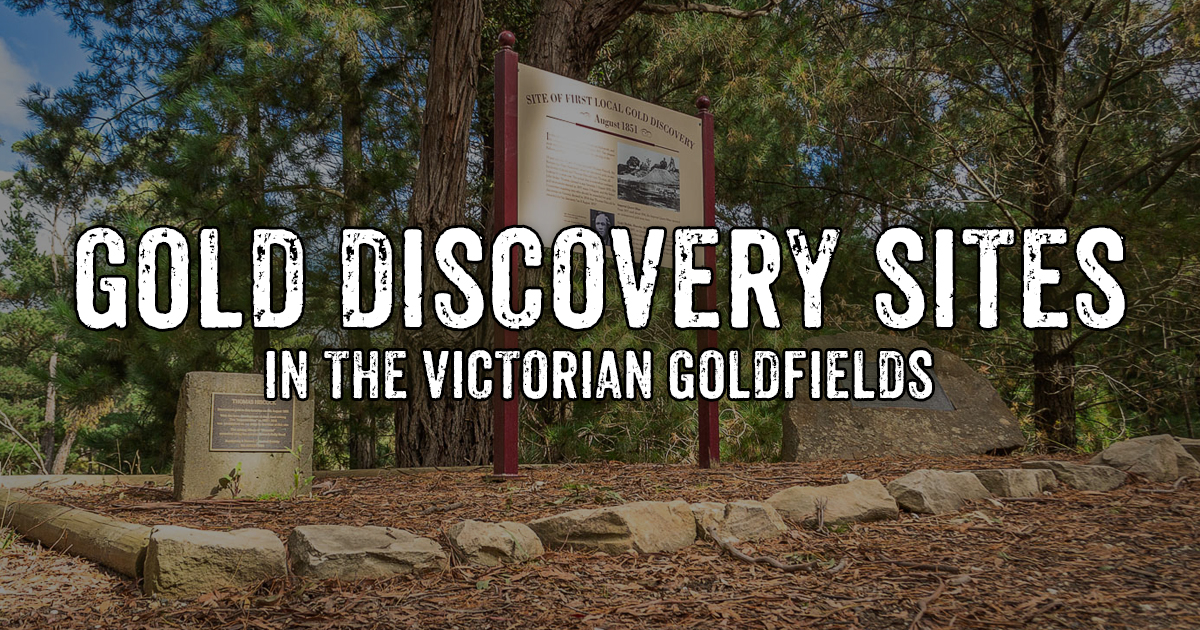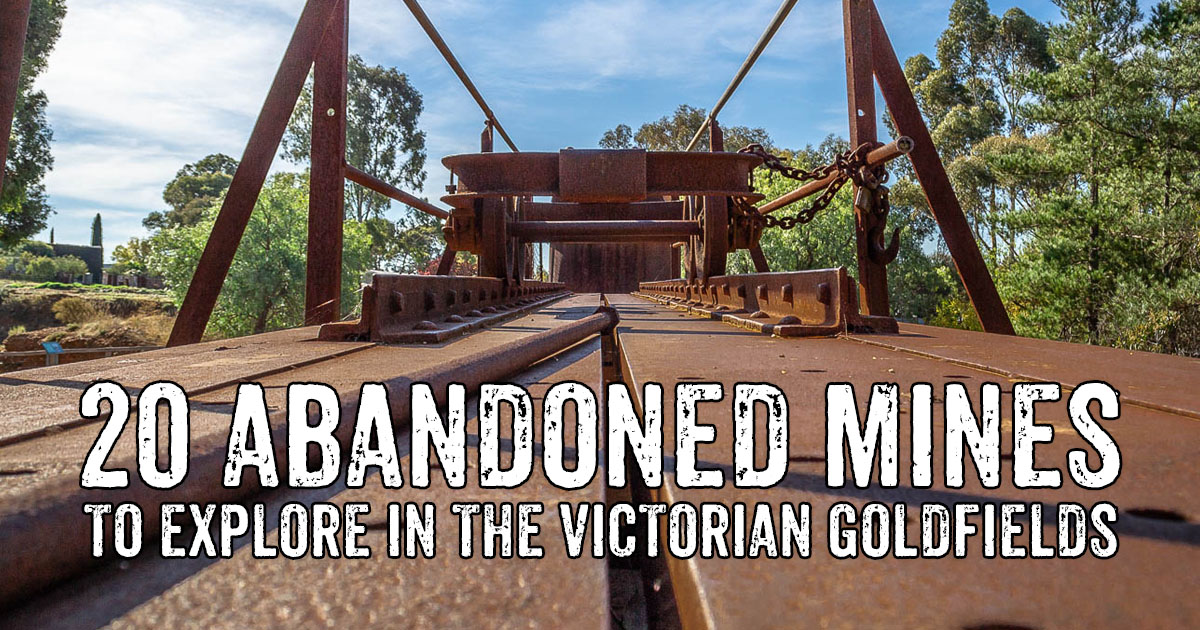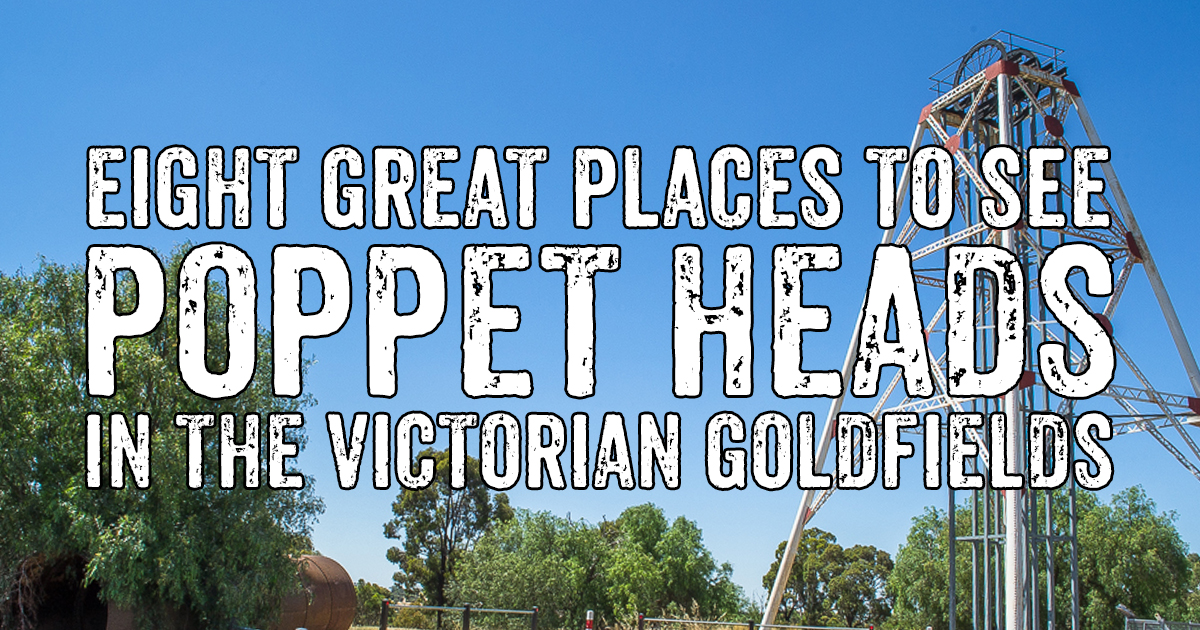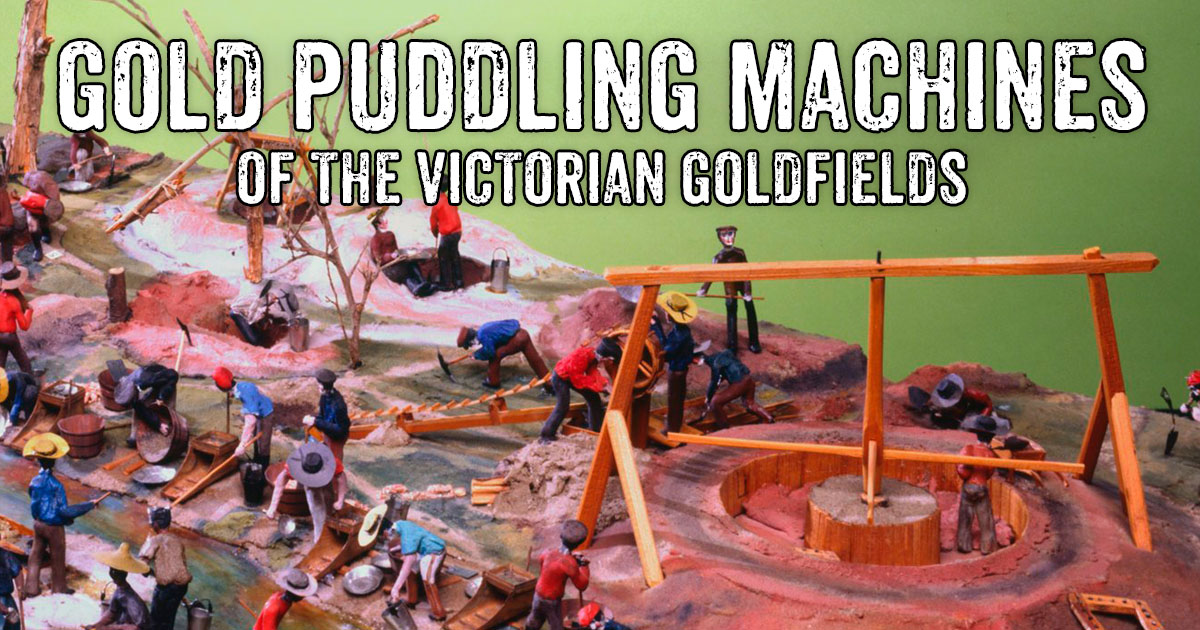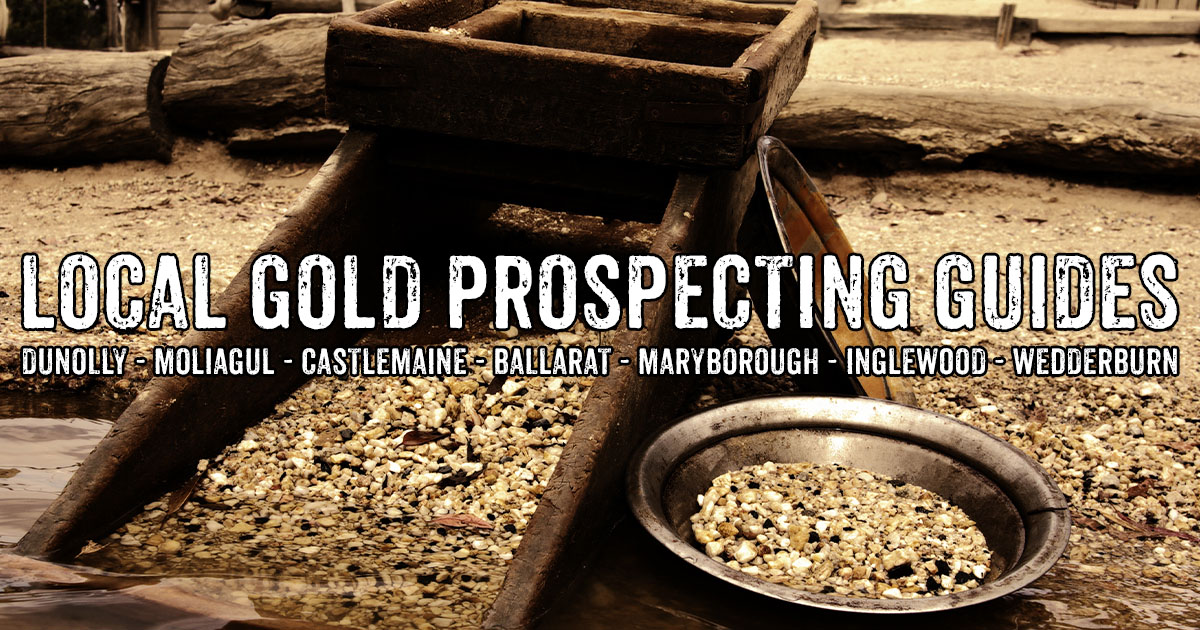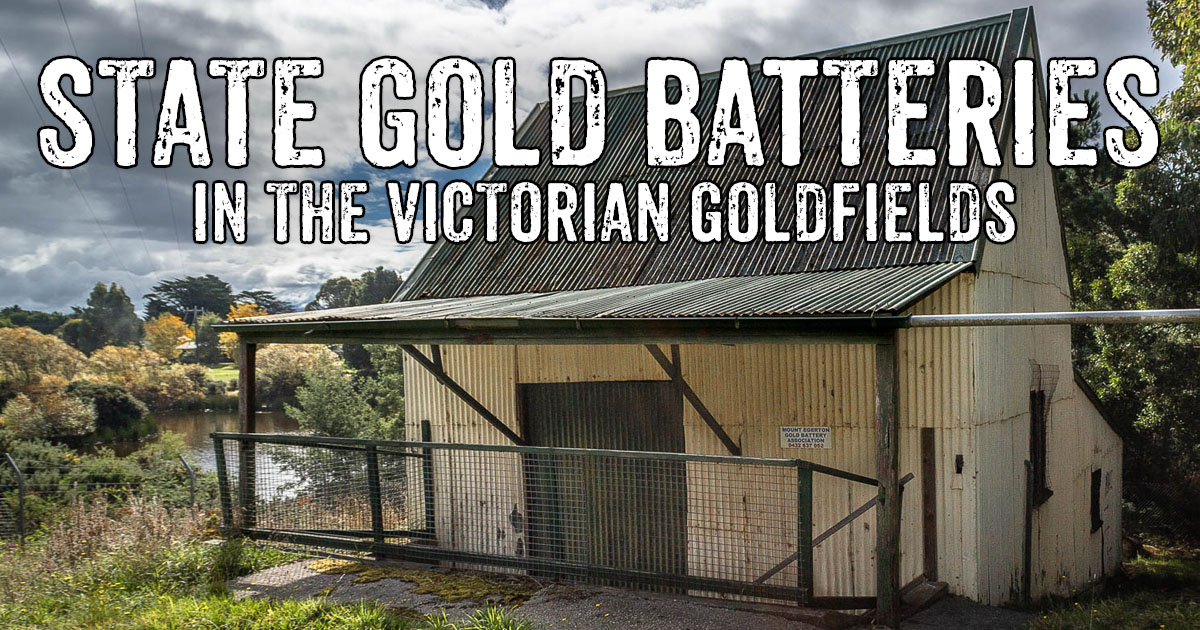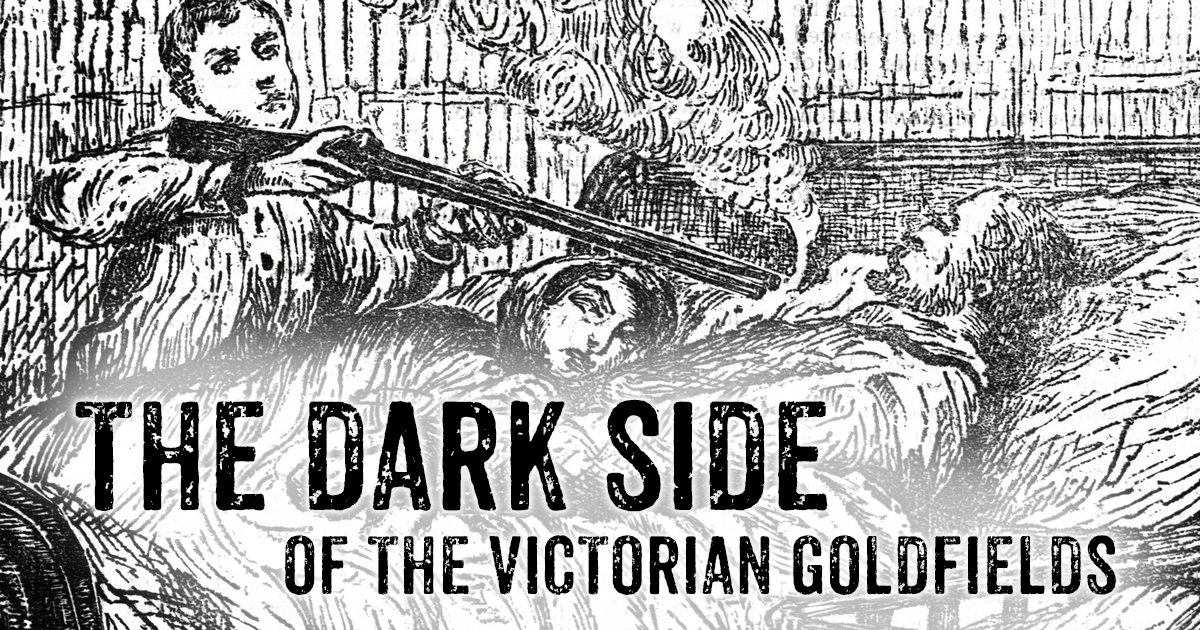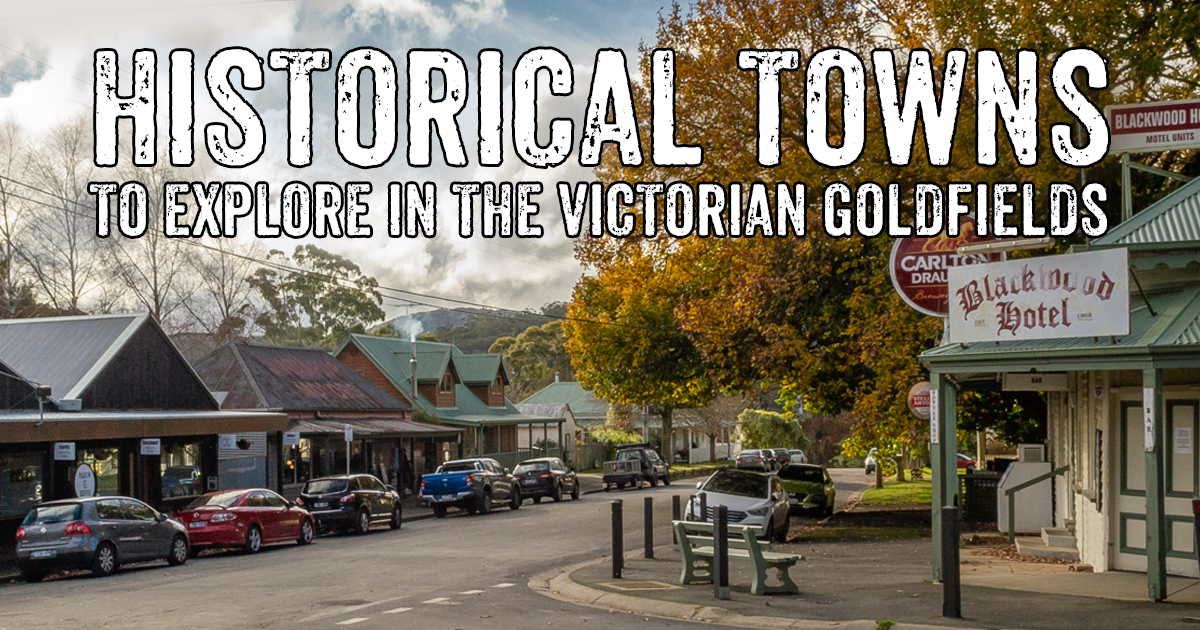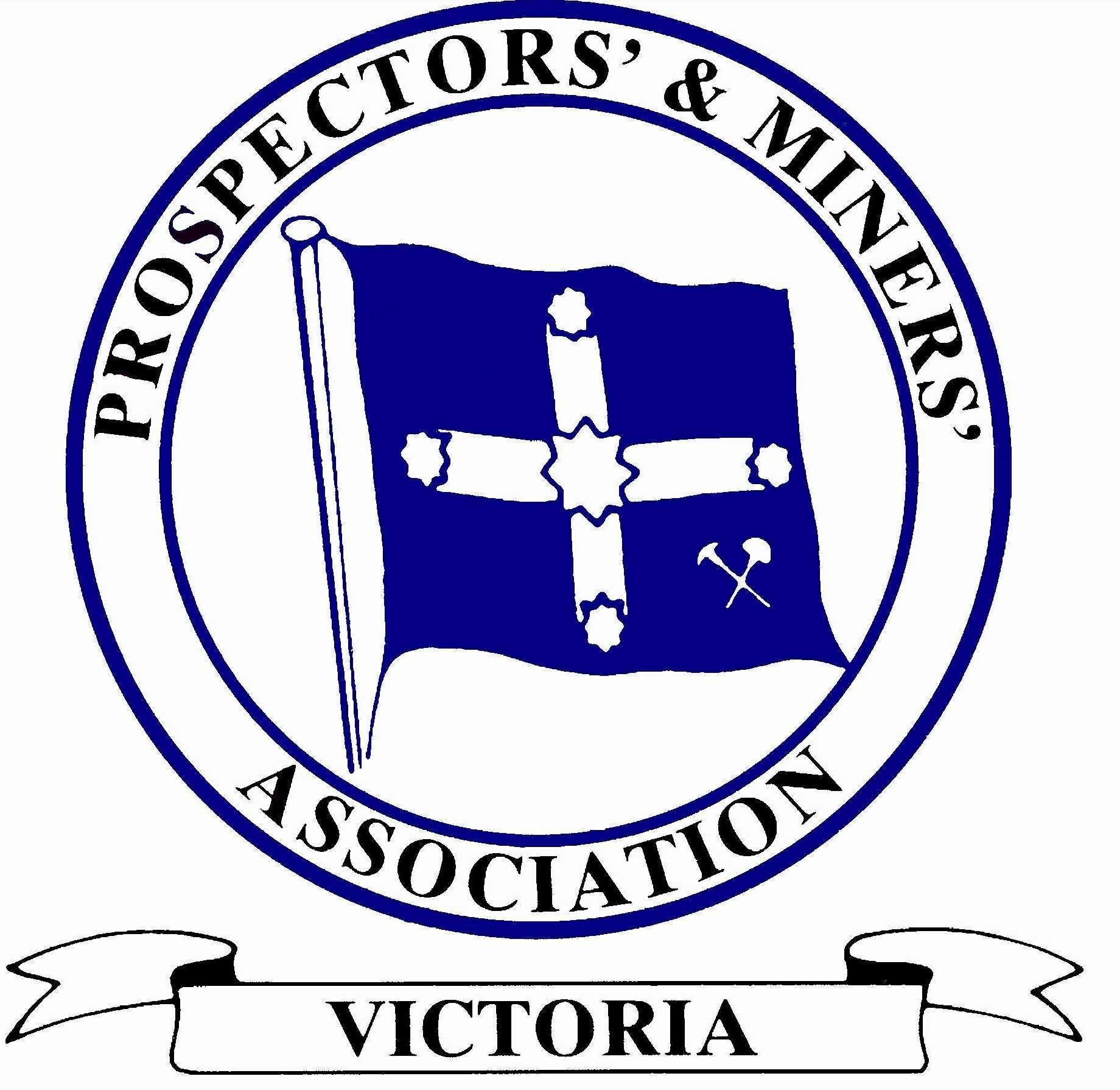
Interested in learning more about the fascinating gold mining history of the Victorian Goldfields? Self-guided tours are a brilliant and immersive way to do just that!
Check out this list and discover some of the region's best places to take an educational stroll around an abandoned mine site.
Forest Creek Historic Gold Diggings, Castlemaine
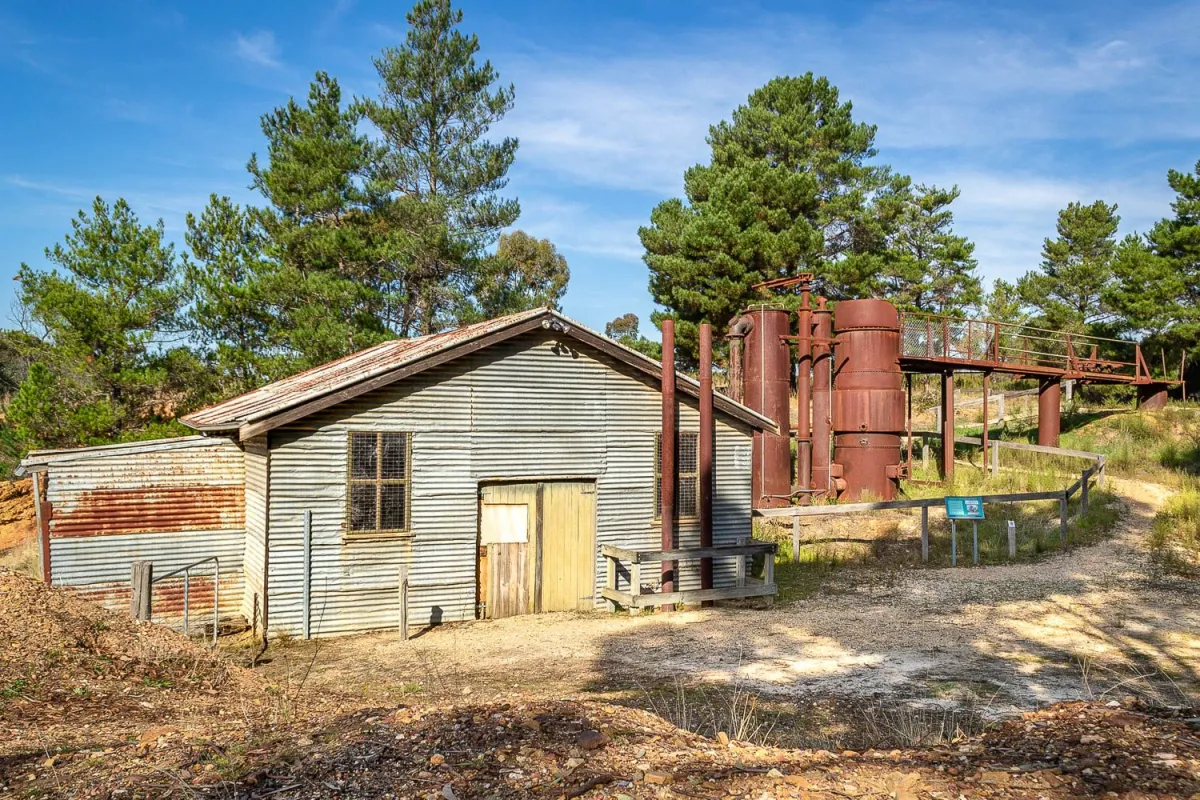
Bring a picnic lunch and take an easy stroll through the Forest Creek Historic Gold Diggings, exploring many fascinating historical features of this world-renowned alluvial goldfield.
At this site during the gold rush, miners sought to strike their fortune from the gravels of an ancient river bed - a former course of Forest Creek which formed millions of years ago.
A 400 metre walking track travels in a circuit through the area past many points of interest. Detailed information signs teach you about the ancient creek bed, shaft mining, gold puddling, hydraulic sluicing, the engine shed, and water pipes.
Find out more about the Forest Creek Historic Gold Diggings.
Victoria Hill, Bendigo

Take a walk through the Victoria Hill Mining Reserve and explore the historical site of what was once the world's deepest gold mine! A huge poppet head has been converted into a lookout platform, a dominant feature of the reserve.
Walking tracks take you on a journey through the area, taking you past fascinating ruins and relics. Lots of detailed information signs provide the site's history along the way.
Find out more about Victoria Hill.
Eureka Reef, Chewton

Set out on the circuit walk around the Eureka Reef Gold Mining Precinct and discover the fascinating ruins and features which remain from a century of gold mining operations!
Once a busy mining village, today Eureka contains some of the oldest quartz mining relics in Victoria, as well as remnants of houses, batteries, alluvial mining, cyanide treatment, and more.
There is a fantastic audio tour of Eureka Reef available online at the Visit Bendigo website, where informative audio clips correspond to each stop along the walk.
Find out more about Eureka Reef.
Garfield Water Wheel, Chewton

Visit the Garfield Water Wheel historical site in Chewton, Victoria and explore the ruins and remnants of the Garfield Company Mine.
The massive stone supports which still remain at the site once supported an enormous water wheel with a diameter of 22 metres. Upon its construction, the Garfield Water Wheel was hailed as the largest in the southern hemisphere!
Today visitors can explore many fascinating features of the Garfield Mine site by taking a short self-guided walk which travels around the area. An information sign alongside the parking area provides a map and numbered features of the walking track.
Find out more about the Garfield Water Wheel.
Welcome Stranger Discovery Walk, Moliagul

Visit the discovery site of the world's biggest alluvial gold nugget, and take the educational Discovery Walk through the surrounding bushland!
The walk takes you past many interesting examples of former alluvial and reef mining activities, as well as the house sites of John Deason and Richard Oates (the two miners who discovered the nugget), puddlers, a Chinese grave and the site of a Chinese camp.
Numbered stops along the walk coincide with points marked on an informative map at the picnic area.
Find out more about the Welcome Stranger Discovery Walk.
Jubilee Mine, Staffordshire Reef

The substantial ruins of the Jubilee Company Quartz Gold Mine are a fascinating place to explore! This significant site is nestled away within the beautiful forest of the Jubilee Historic Area, just half an hour from Ballarat.
A fantastic self-guided walk takes you around the site of the Jubilee Company Quartz Gold Mine. Illustrated signposts provide lots of information along the way.
Features you will discover along the walk include battery foundations, engine beds, a water race, old mine shafts, surface workings, cyanide plant, tailings, old house sites and more.
Find out more about the Jubilee Mine.
North British Mine, Maldon

Embark on this brilliant self-guided tour to explore the fascinating and extensive ruins of the North British Mine and Quartz Kilns in Maldon.
The walk showcases the mine's machinery foundations, large mine shaft, and well-preserved quartz kilns.
Seen as a feature of Maldon's mining history, quartz kilns were used to roast quartz in preparation for crushing as it burnt off impurities and made the rock more brittle.
The kilns at the North British Mine site are an excellent example of early mining techniques in Maldon, and are some of the best surviving quartz kilns in Victoria!
Find out more about the North British Mine.

